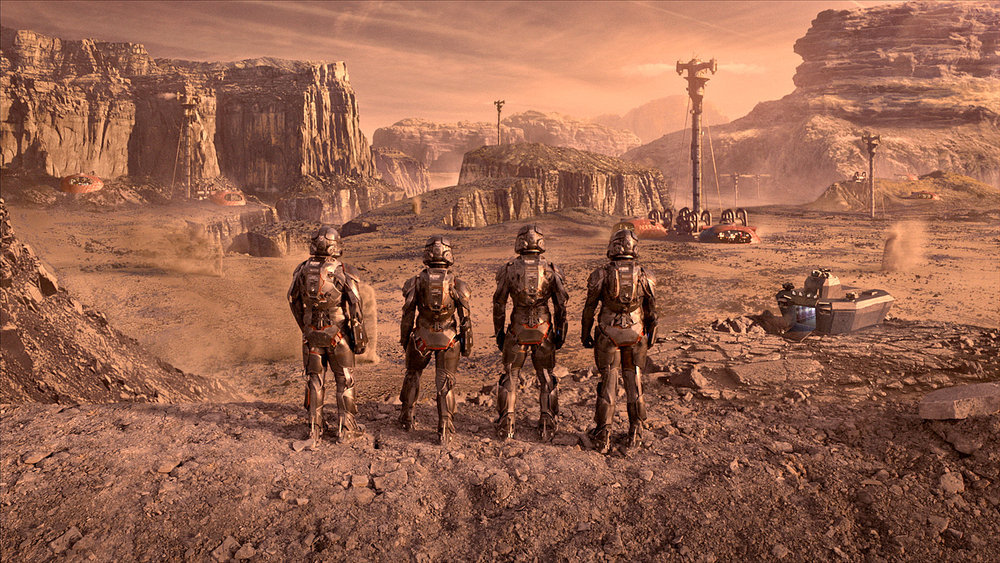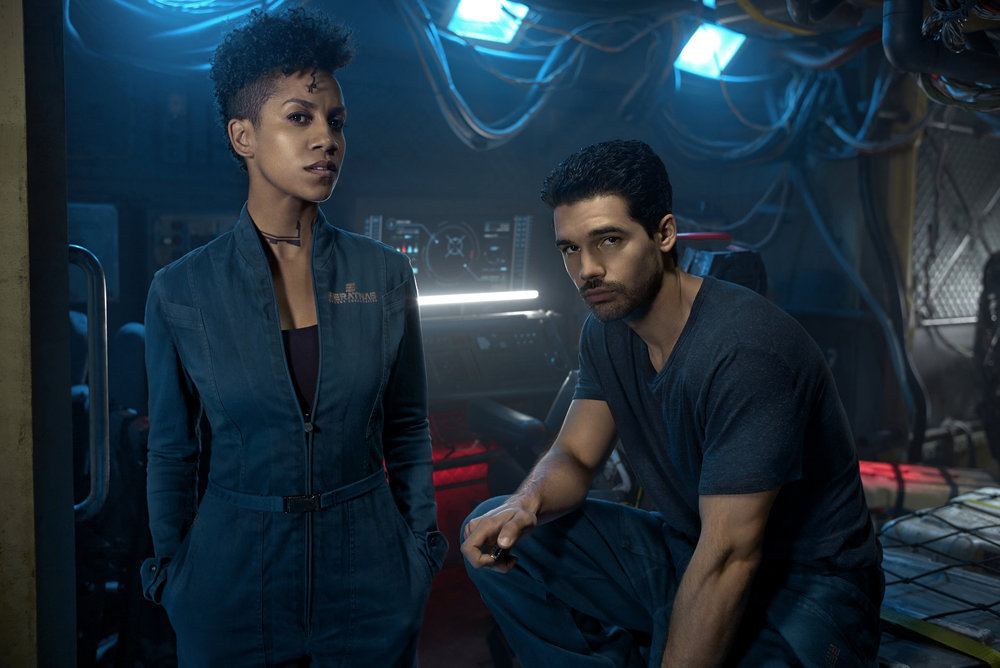How Humans Might Really Colonize The Solar System
16:10 minutes

SyFy’s show The Expanse portrays a science-fiction universe that seems mere generations ahead of us: Human colonists are working to turn Mars into a habitable planet; ice and mineral mines bustle in the asteroid belt; and there’s tense political jostling among the factions of Earth, Mars, and the asteroids (whose downtrodden residents are known as “Belters.”)
Rather than stretching the limits of science, The Expanse explores a future that still functions within its parameters. For instance, the maneuvers of spaceships realistically account for the physics of acceleration in a vacuum. Meanwhile, combat, communication, and even bone development (of denizens living on the low-gravity asteroids Ceres, Eros, and Tycho) knock up against natural laws. Indeed, given its imposition, space itself should be considered a character on the show, says executive producer Naren Shankar.
Shankar joins Ira along with Ty Franck, co-author (under the pseudonym James S.A. Corey) of the book series that inspired the TV show. They talk about The Expanse, and how keeping scrupulous tabs on science has helped them create a believable world.

Naren Shankar is executive producer and showrunner for The Expanse (Syfy), based in Los Angeles, California.
Ty Franck is Co-author of ‘The Expanse’ book series (Orbit) and producer, ‘The Expanse’ (Syfy). He’s based in Albuquerque, New Mexico.
Christie Taylor was a producer for Science Friday. Her days involved diligent research, too many phone calls for an introvert, and asking scientists if they have any audio of that narwhal heartbeat.